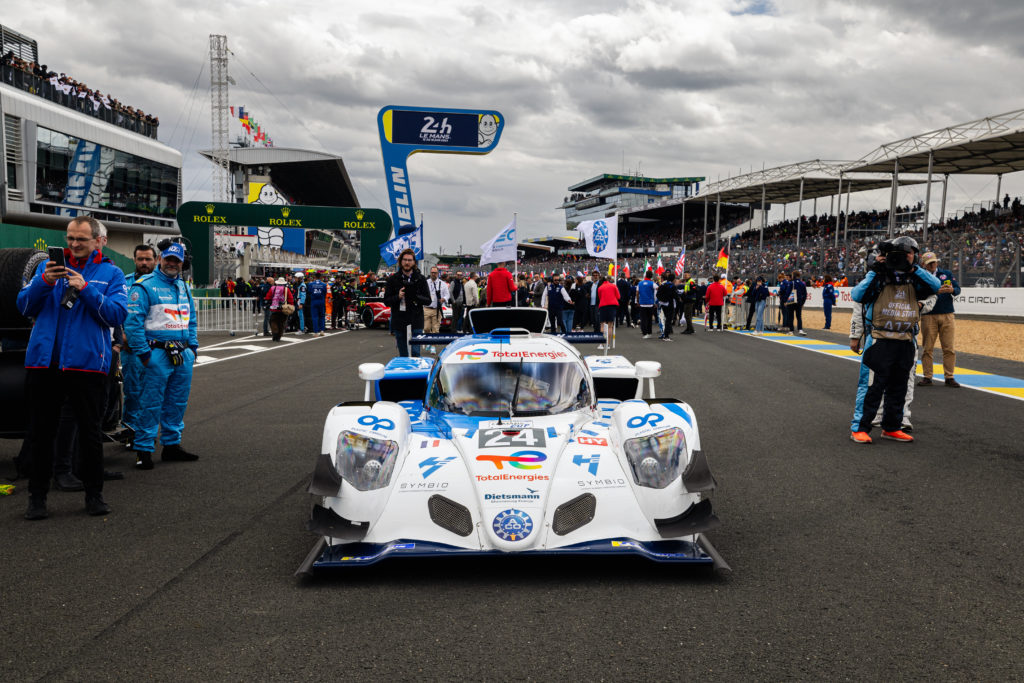Hydrogen

Credit: Alexis Goure, Mission 24
The Automobile Club de l’Ouest, the Fédération Internationale de l’Automobile and the International Motor Sports Association continue to explore hydrogen technology to achieve zero-carbon motor racing. A hydrogen prototype class will be introduced in 2028. A joint working group is drawing up the regulations required to bring this pioneering and sustainable technology into endurance racing. For optimal sporting competitiveness, the hydrogen will be stored in liquid form. The MissionH24 programme is also continuing its work on the H24EVO.
Hypercar and LMP2 rules
The 2025 FIA World Endurance Championship season will have new grid requirements to ensure fair competition. To level the playing field, each manufacturer will be required to enter a minimum of two cars in the Hypercar class. For a manufacturer to score points in the FIA Hypercar World Endurance Manufacturers’ Championship, they must enter two cars, with any additional cars participating in the FIA World Cup for Hypercar Teams.
The maximum grid size for all WEC races (except the 24 Hours of Le Mans) has been increased to 40 cars to accommodate new manufacturers joining the competition. Additionally, the current homologation cycle for Hypercar class cars has been extended until the end of 2029, with two extra development opportunities in 2028 and 2029.
Due to the continued popularity of the current LMP2 package, the introduction of the next generation of the LMP2 class car has been postponed to 2028 (originally planned for 2026). The new chassis and engine for the LMP2 class will be selected based on two key principles: a downsized engine and reduced weight.
It’s important to note that LMP2 will not be part of the FIA WEC this season or next, but will remain the premier class in the European Le Mans Series and Asian Le Mans Series.




